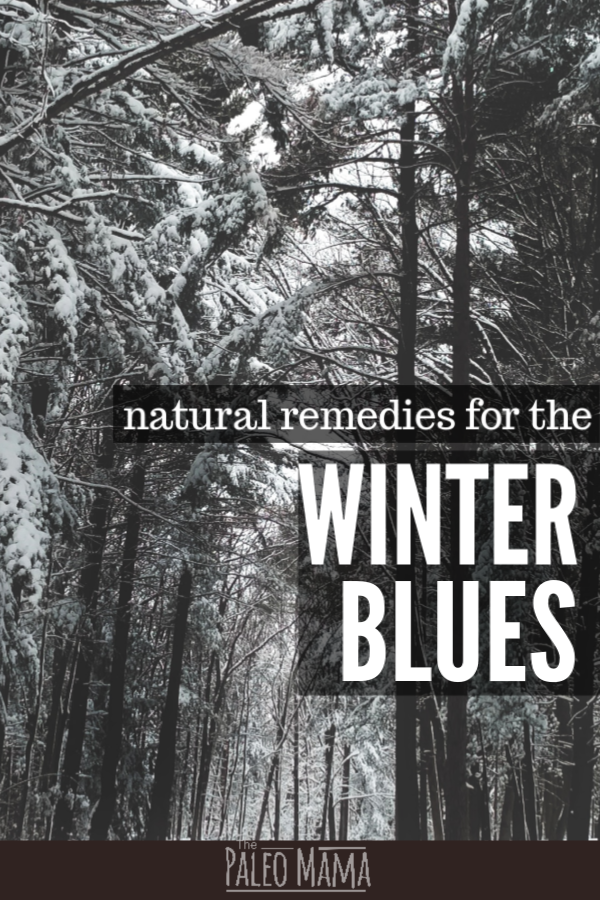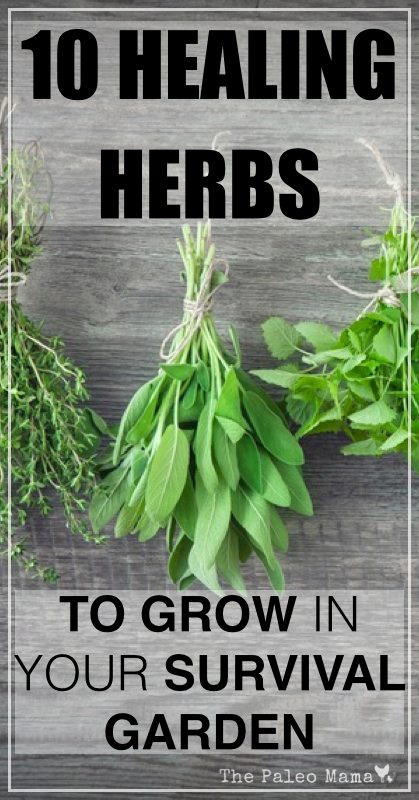
Hey everyone! This will be a fun podcast! We are going to open up into our life and family a bit and describe our children’s daily herb, supplement, and essential oil routines!H
On today’s podcast, we discuss:
- Feeding kids healthy food they will eat
- Supplements we use on our kids
- Essential oils our kids love to use
Resources mentioned on this episode:
- Dr. Mercola’s Vitamin D recommended amounts: http://bit.ly/2CYojrQ
- Our kid’s multivitamin (we use this multivitamin because it’s recommended for kids who have MTHFR mutations): https://amzn.to/2MHhUFD
- Fish Oil: https://doterra.me/ORi7KPQl
- Probiotic: https://doterra.me/8FNaegfw
- Vitamin D Drops: https://amzn.to/2S8FyjN
- My new book, The Home Apothecary and Elderberry Syrup: www.thehomeapothecary.com



